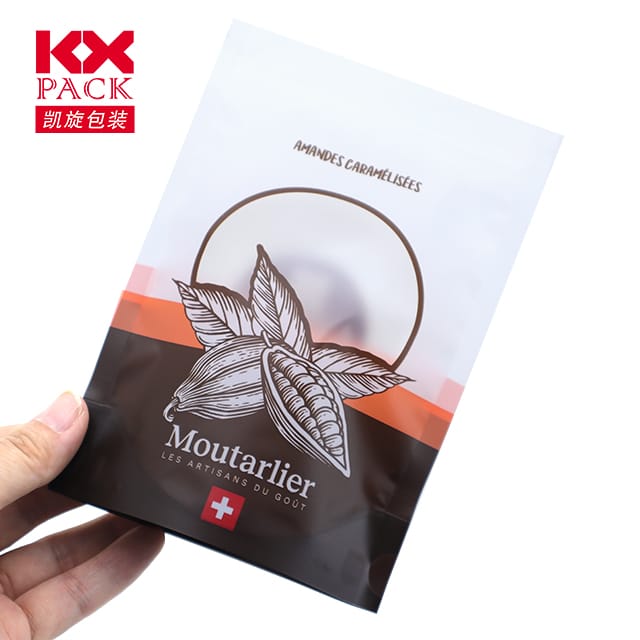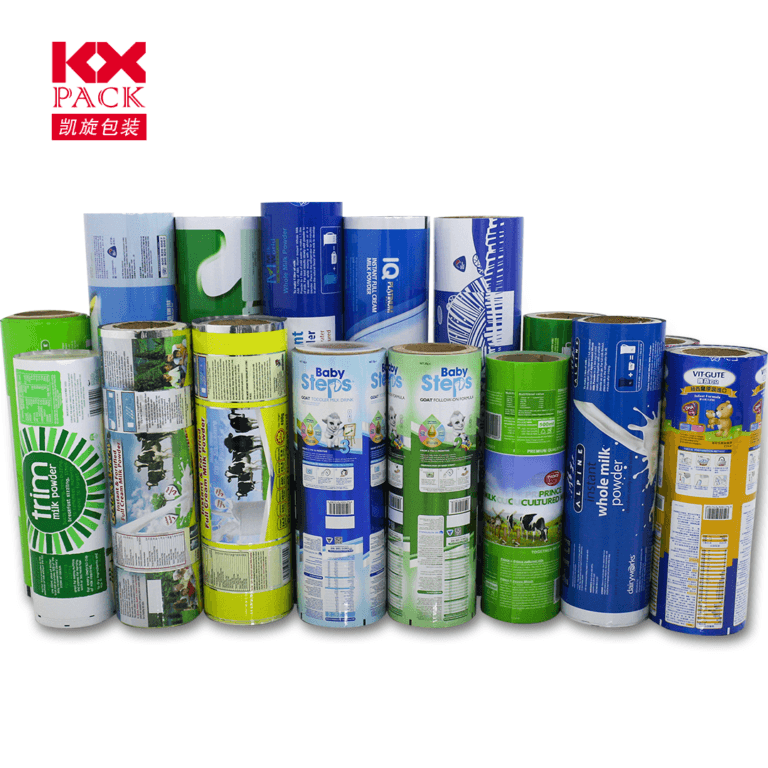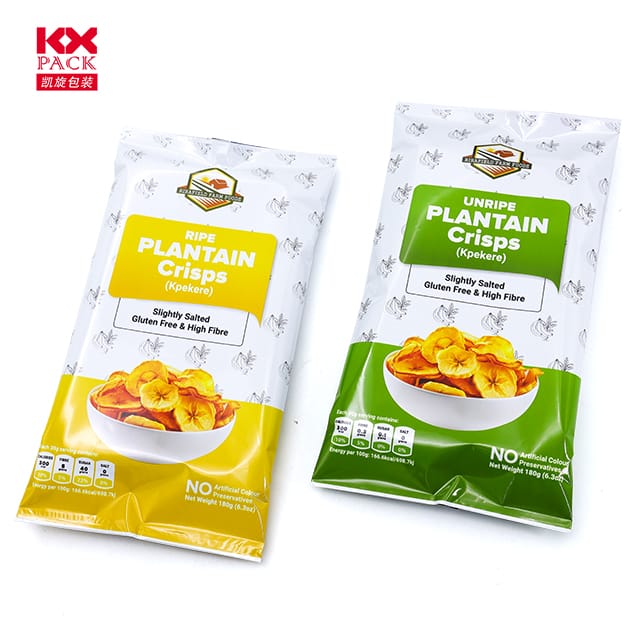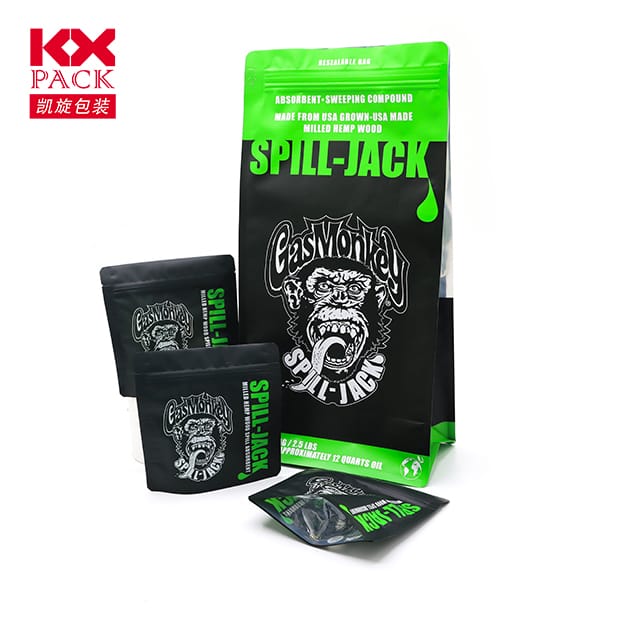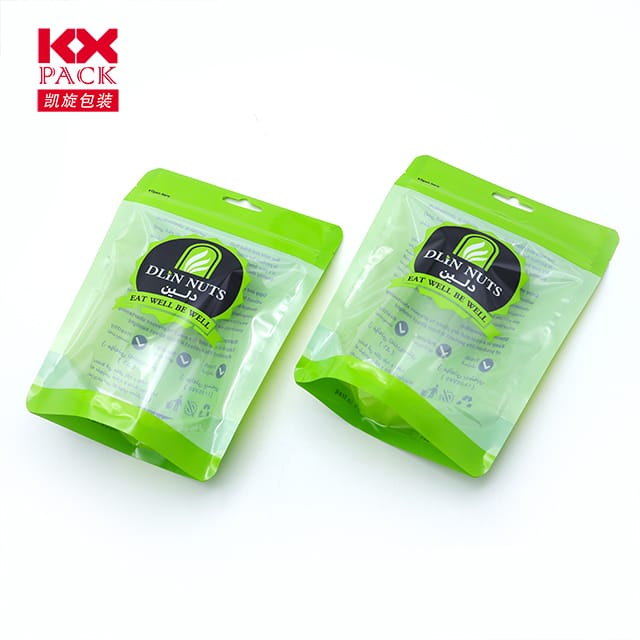灵活包装膜的演变: 可持续发展, 创新, 和消费者的影响
灵活的包装膜
在当今快节奏的消费景观中, 灵活的包装膜 has emerged as a cornerstone of modern product protection and convenience. 从食品和饮料到药品和个人护理物品, 这轻量级, 多功能材料通过平衡功能来重塑行业, 成本效益, 和环境责任. 让我们深入研究最新趋势, 挑战, and breakthroughs in flexible packaging films that are driving the future of sustainable packaging.
1. What is Flexible Packaging Film?
灵活的包装膜 refers to non-rigid materials used to wrap, 海豹, or contain products. Commonly made from polymers like 聚乙烯 (体育), 聚丙烯 (聚丙烯), 聚酯纤维 (宠物), and biodegradable alternatives, these films offer advantages such as:
- Lightweight design: Reduces shipping emissions and material costs.
- 阻隔性能: 防止水分, 氧, UV light, 和污染物.
- 定制: Enables branding via high-quality printing and unique shapes.
- Extended shelf life: Preserves product freshness, crucial for perishables.
2. 可持续发展: The Driving Force
The packaging industry faces mounting pressure to minimize waste and carbon footprints. Flexible films are adapting through:
A. 可生物降解和可堆肥材料
- 解放军 (聚乳酸): 源自玉米淀粉等可再生资源, PLA decomposes in industrial composting facilities.(灵活的包装膜)
- PHA (多羟基烷烃): A biodegradable polymer produced by bacteria, ideal for marine-degradable applications.
- Paper-Based Laminates: Combining paper with bio-plastics for recyclable or compostable solutions.
品牌喜欢身体的家伙 和大自然工作 are pioneering compostable films that meet industrial composting standards (例如。, 在 13432), offering a viable alternative to traditional plastics.
乙. Recyclable Monomaterials
单物质结构 (例如。, all-PE or all-PP films) simplify recycling by eliminating multi-layer incompatibilities. 创新Amcor’s AmLite HeatFlex Recyclable use single-polymer barriers to maintain performance while enabling circularity.
C. 消费后回收 (pcr) 内容
Incorporating recycled plastics into flexible films reduces virgin material use. 例如, 陶氏的回收技术 allows polyethylene films to be recycled through store drop-off programs.
3. 技术进步
A. High-Barrier Films for Longer Shelf Life
Advanced coatings and nanotechnology enhance barrier properties without adding bulk. 例如, silicon oxide (SiOx) and aluminum oxide (AlOx) 涂料 provide oxygen and moisture barriers comparable to metalized films but with recyclability benefits.
乙. Active and Smart Packaging
- 氧气清除剂: Integrated into films to extend product freshness (例如。, Mitsubishi Gas Chemical’s Ageless®).
- Temperature Indicators: Color-changing labels that alert consumers to spoilage risks.
- QR Codes and NFC Tags: Enable traceability and consumer engagement via smartphones.
C. Lightweighting and Thinner Gauges
Manufacturers are reducing film thickness without sacrificing strength. 例如, Borealis’ Borstar® technology produces ultra-thin PE films that cut material use by up to 30%.
4. 挑战和前进的道路
尽管进展, 障碍仍然存在:
- 回收基础设施: Many flexible films are difficult to recycle due to multi-layer designs or contamination.
- 费用与. 可持续发展: Biodegradable materials often cost more than conventional plastics.
- 消费者教育: Misconceptions about compostability (例如。, home vs. industrial composting) hinder adoption.
解决方案:
- 化学回收: Turning mixed plastics into raw materials for new films (例如。, PureCycle Technologies).
- Standardized Labels: Clearer recycling/composting instructions to reduce confusion.
- 政策支持: 扩展生产者责任 (EPR) laws incentivizing eco-design.
5. The Consumer Perspective
Modern shoppers prioritize sustainability but demand uncompromised quality. Brands must balance:
- 方便: Easy-to-open, resealable films for on-the-go lifestyles.
- 透明度: Clear messaging about eco-attributes (例如。, “100% 可回收” 或者 “家庭堆肥”).
- Aesthetics: High-definition printing to maintain brand appeal.
结论: 灵活的未来
Flexible packaging film is at a crossroads—where innovation meets responsibility. The shift toward sustainable materials, coupled with smart packaging technologies, promises a future where products are protected, waste is minimized, and the planet thrives.
呼吁采取行动:
- 消费者: Support brands using recyclable/compostable films and advocate for better recycling infrastructure.
- 制造商: Invest in R&D for mono-material designs and closed-loop systems.
- Policymakers: Enforce stricter eco-standards and incentivize circular economy practices.
一起, we can turn flexible packaging into a symbol of progress—not pollution. 🌍♻️
来源: 灵活的包装协会, 史密瑟斯·皮拉(Smithers Pira), Dow Chemical, Amcor, and industry sustainability reports.

